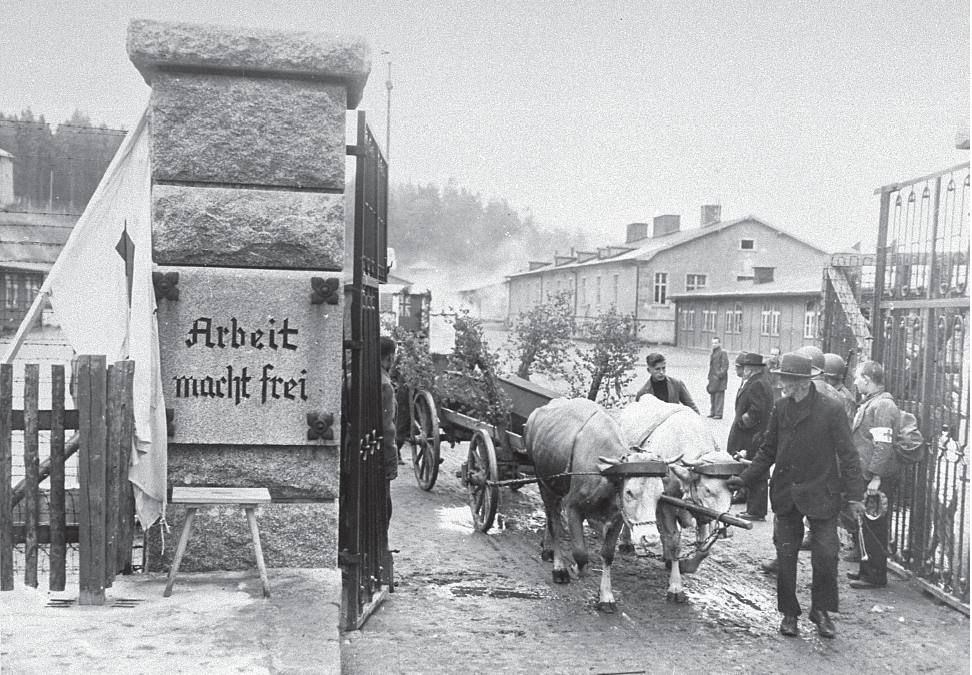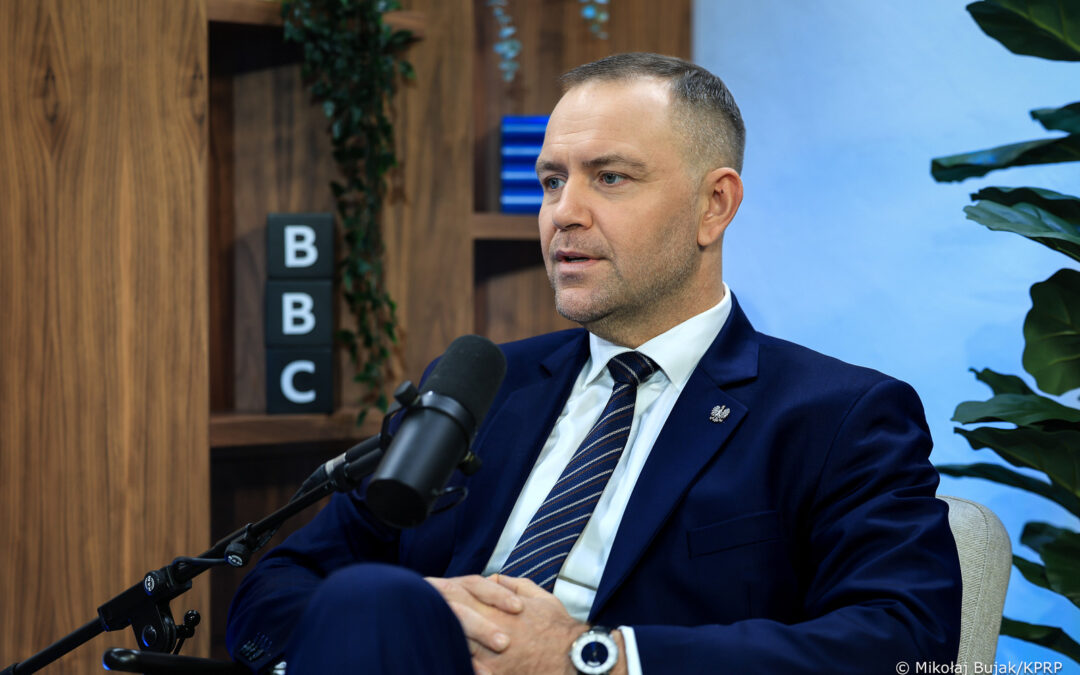A Polish court has issued a European Arrest Warrant for a former Nazi SS guard from a branch of Flossenbürg concentration camp. The woman in question, a 97-year-old German citizen named under Polish privacy laws only as Hildegard Luice N., is currently living in Berlin.
Prosecutors from the Institute of National Remembrance (IPN), a Polish state body charged with investigating historical crimes, want Hildegard Luice N. to face charges in Poland for committing crimes against humanity, reports Polish daily Rzeczpospolita.
The warrant was issued three months ago and “the case is at the disposal of German law enforcement agencies”, IPN prosecutor Artur Orłowski told the newspaper.
According to the IPN, between 13 October 1944 and 12 April 1945 Hildegard Luice N. served as a guard (SS-Aufseherin) in a subcamp of Flossenbürg concentration camp that was located in Mittweida in Saxony.
She was one of around 25 female guards responsible for overseeing about 177 Polish female inmates at the camp. Most of them were arrested during the Warsaw Uprising. They were treated as political prisoners and marked with red triangles.
Between 13 April and 8 May 1945, Hildegard Luice N. also participated in the evacuation of inmates from the camp, during which an undetermined number of them were killed.
Flossenbürg was a Nazi concentration camp established originally in 1938. During the war, a complex subcamp system was developed, and political prisoners from German-occupied Central and Eastern Europe were brought there.
It is estimated that up to 100,000 inmates passed through Flossenbürg and its subcamps before they were liberated by the US army.
Like in many other Nazi camps, prisoners suffered from shortages of food and water, as well as inadequate clothing. Guards often treated inmates brutally
In Mittweida subcamp, the prisoners worked with toxic chemical substances that had a devastating effect on their health, with no medical treatment provided.
Although a great majority of those who served in Nazi concentration camps have already passed away, there are still attempts to bring those alive to justice.
Two years ago, the IPN announced that it is creating a database of all officials who served in German concentration and death camps located on the territory of occupied Poland.
A special team of researchers identified 1,600 former SS officers that served in camps who might still be alive. Subsequently Poland asked Interpol for help in tracking them down. The officers in question are mostly citizens of German and Austria.
“We finally have to deal comprehensively with the mass murder that was committed in German concentration camps,” said IPN prosecutor Robert Janicki, speaking to Deutsche Welle.
This summer a former Nazi concentration camp guard was sentenced by a German court to two years in prison. The man, now 93, was only 17-year-old at the time he participated in mass murder of prisoners at the Stutthof concentration camp located near what is now the Polish city of Gdańsk.
A 93-year-old former SS guard has been found guilty of complicity in the mass murder of prisoners at the German Nazi Stutthof concentration camp.
Stutthof, located near Gdańsk in what is now Poland, was used primarily to hold Polish and Jewish prisoners https://t.co/lc6sLrfnFs
— Notes from Poland 🇵🇱 (@notesfrompoland) July 23, 2020

Agnieszka Wądołowska is deputy editor-in-chief of Notes from Poland. She is a member of the European Press Prize’s preparatory committee. She was 2022 Fellow at the Entrepreneurial Journalism Creators Program at City University of New York. In 2024, she graduated from the Advanced Leadership Programme for Top Talents at the Center for Leadership. She has previously contributed to Gazeta Wyborcza, Wysokie Obcasy and Duży Format.




















